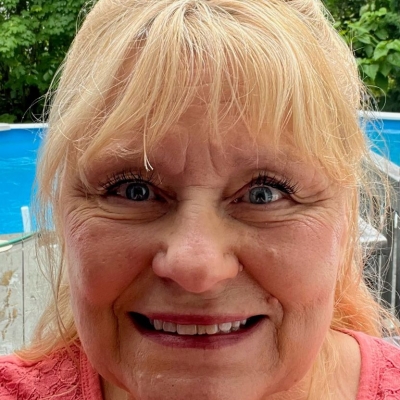How a Song and a TV Show Widened my View of Chemical Hazards
Wednesday, August 8, 2018 Brenda Griffin
These days, each time I hear Billy Joel’s, “We Didn’t Start the Fire,” I think chemical hazards and chemical safety. Sounds crazy, right?
The song was released in 1989, and, at the time, I simply enjoyed it as a catchy, energetic tune with several references to events and people of the last century.
There is one reference, however, that I never understood – “children of thalidomide.” Thanks to a poignant and moving episode of the PBS Masterpiece show, “Call the Midwife,” I now have a crystal-clear picture of what that line means, and why this dark time in our history made its way into Billy Joe’s chronology of devastating chapters in world history.
For those of you who don’t stop everything on Sunday night to watch, Call the Midwife, it’s a BBC period drama series about a group of nurse midwives living in a convent and working in the East End of London in the late 1950’s and early 1960’s, and is based on the memoirs of Jennifer Worth who worked at a nursing convent as a midwife in the East End.
I sobbed through this episode as an older woman gave birth to her only child - a baby with such severe birth abnormalities, known as phocomelia – (limb reduction and defects). The doctor and midwives reactively looked away from the shockingly underdeveloped child, and made the quick, compassionate decision to not show the infant to its mother. At the time, medical professionals were just starting to make the connection between the thalidomide and the birth defects.
After this episode, I researched thalidomide and learned it was a drug prescribed to pregnant women to counteract nausea and morning sickness and widely prescribed at the time. And, as depicted in this episode, mothers gave birth to babies with birth severe defects – hence the reference to, “children of thalidomide.”
Approximately 10,000 children were born with phocomelia before thalidomide was banned in 1961. The thalidomide tragedy was avoided in the US because of a hold on the drug’s approval of the Food and Drug Administration. Since I was born when thalidomide was in use (yes, I’m that old!), I’m grateful that the US had standards in place at the time.
Per The Oxford Journal, “The thalidomide tragedy marked a turning point in toxicity testing, as it prompted United States and international regulatory agencies to develop systematic toxicity testing protocols.”
So what does all this have to do with chemical safety? Plenty, actually.
These days we have much more information about chemical hazards to know how to protect ourselves from exposures, including drugs. This is good news given that the Environmental Protection Agency has over 85,000 chemicals on its inventory of toxic substances, alone. Yes, we have a “chemical fire” of sorts, that we didn’t start but lives on and on, as the Bill Joel song goes.
We have results from animal testing to establish chemical exposure limits in the work place and this information is readily available to us through Safety Data Sheets (SDS). With the Global Harmonized System, we have improved chemical labels that provide the main message on how to work safety with chemicals.
We also have ways of controlling exposures to chemical hazards known as the hierarch of controls:
- Elimination – just don’t use it.
- Substitution – using less toxic / hazardous chemicals.
- Engineering controls - such as ventilation
- Administrative controls - training employees on safe use and work practice
- Personal protective equipment (PPE)- when needed with certain chemicals.
For me, this song and TV show imprinted upon my mind that chemical exposures don’t always manifest as an immediate illness, like a headache, rash, or throat irritation. Some hazardous chemicals and products, like cigarettes and asbestos, manifest illness years and even decades later. These exposures can be unseen on the surface and must be monitored through a variety of medical tests and why we now have medical monitory for employees triggering OSHA requirements, depending on their workplace exposure to hazardous chemicals.
Most of all, as was the case with thalidomide, some chemical exposures of us can impact our children and why it’s important to study and review the SDS for each chemical you may work with for health impacts such as carcinogenicity, germ cell mutagenicity, and reproductive toxicity, among others.
No, we didn’t start this “chemical fire,” but we can control it with safe chemical practices.




.jpg)